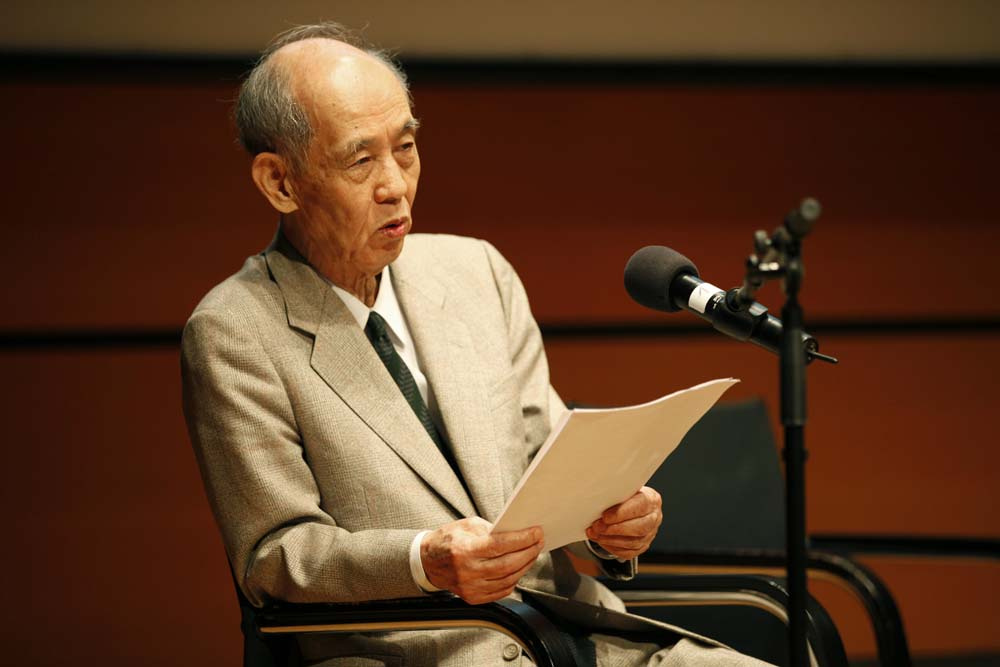- Event
- Panel Discussion
Hiroshi Kawano. Seeking for the Real Meaning of Computer Art
Sun, June 13, 2010 4:00 pm CEST
- Location
- Cube
Hiroshi Kawano (*1925) from Japan, is among the world’s most important computer art pioneers. He published the first computer-generated works in a Japanese professional journal in September 1964. ZKM has now succeeded in securing Hiroshi Kawano’s complete works and archive. The endowment encompasses approximately eighty artworks, all computer programs and pre-studies, documents and cassette recordings of Kawano’s literary and musical computer experiments, photos documenting exhibits, correspondence with the most important protagonists of the pioneer era of computer art, his complete writings, and an extensive collection of publications on computer art in Japan, Europe, and the US. Hiroshi Kawano’s wish to donate this unique collection to a German museum was based, no least, on the fact that it was a German philosopher of technology, Max Bense, who inspired him to continue his aesthetic research through practical work with the computer.
Hiroshi Kawano will come to the ZKM on Sunday 13 June to symbolically hand over his archive, which is already at the ZKM, and to deliver a lecture offering insight into his creation. In his lecture “Seeking for the Real Meaning of Computer Art,” the artist and philosopher will provide an introduction to his thoughts. The lecture will be followed by a panel talk with contemporary witnesses and art historians providing insight into Kawano’s key role in the early days of artistic experiments with digital computers.
Hiroshi Kawano will come to the ZKM on Sunday 13 June to symbolically hand over his archive, which is already at the ZKM, and to deliver a lecture offering insight into his creation. In his lecture “Seeking for the Real Meaning of Computer Art,” the artist and philosopher will provide an introduction to his thoughts. The lecture will be followed by a panel talk with contemporary witnesses and art historians providing insight into Kawano’s key role in the early days of artistic experiments with digital computers.
Imprint
- Moderation
Organizing Organization / Institution
ZKM
Accompanying program
